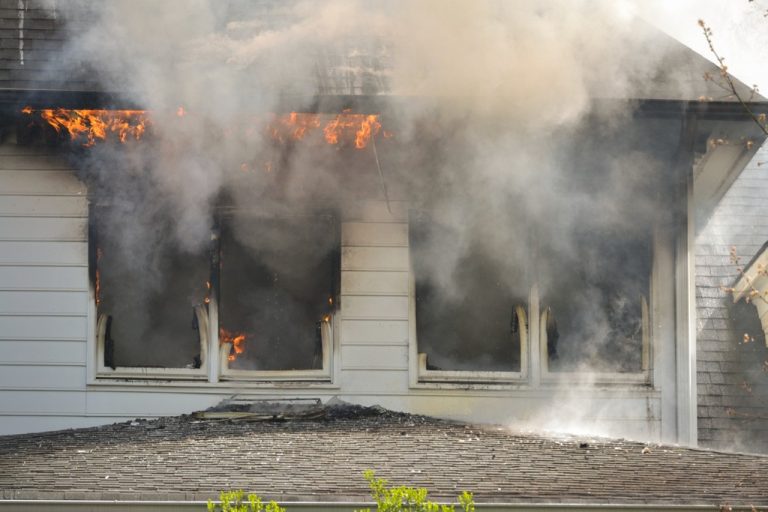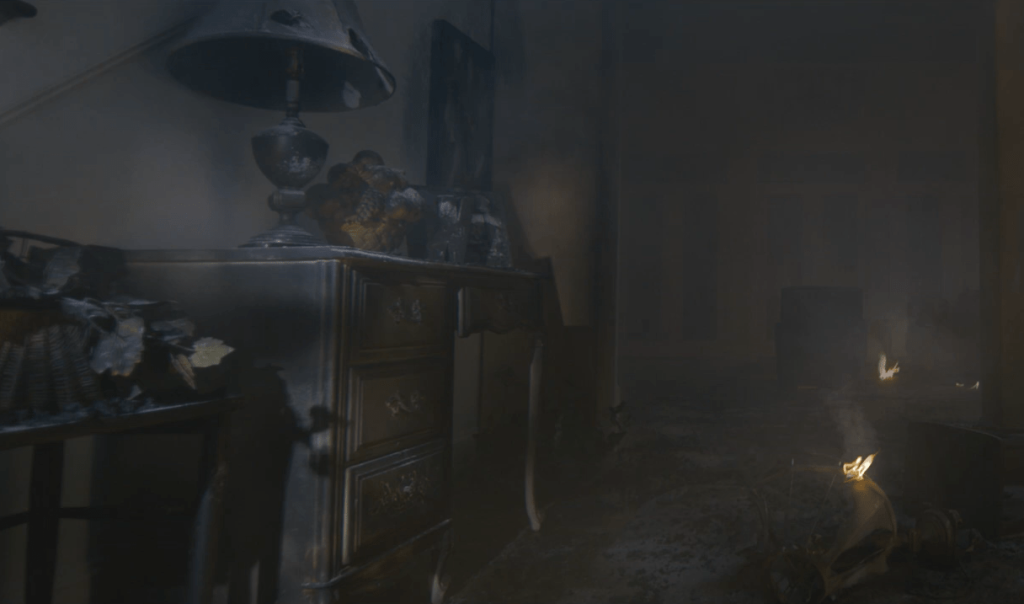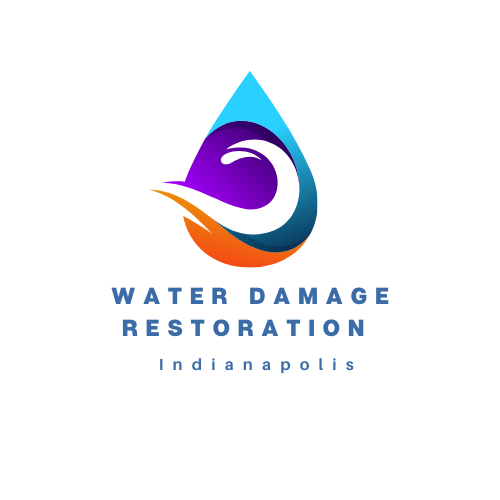How Smoke Damage Affects Your Home's Structural Integrity
A house fire is one of the most devastating and traumatic events that can happen to any homeowner. Even a small fire can cause significant damage to the structure and contents of a home. Smoke damage is one of the most overlooked but critical consequences of a fire. Smoke damage can cause severe structural damage to a home and pose significant health risks to its occupants. In this blog post, we will explore the effects of smoke damage on a home’s structural integrity. We will examine how smoke travels through a home during a fire, the factors contributing to the severity of smoke damage, and the types of smoke damage that can occur. We will also discuss the health risks associated with smoke damage, steps to address it, and tips for preventing it.

How Smoke Damage Occurs
Smoke damage occurs when smoke and soot from a fire infiltrate a home, leaving behind a layer of smoke residue that can cause significant structural damage and pose health risks to those exposed. Understanding how smoke damage occurs is crucial to take the necessary steps to address it promptly.
During a fire, smoke travels through a home via air ducts, open windows, and other openings, leaving behind soot and smoke residue on surfaces throughout the home. The smoke residue can penetrate walls, ceilings, and floors, leading to structural damage. Smoke residue can also leave behind a strong, lingering odor that can be difficult to remove.
The severity of smoke damage depends on several factors, including the intensity and duration of the fire, as well as the materials burned. For example, fires that burn synthetic materials, such as plastics and synthetic fabrics, produce more toxic smoke than fires that burn natural materials. The toxic chemicals in synthetic materials can cause severe damage to a home’s structure and pose significant health risks to those exposed to it.
Several common types of smoke damage can occur during a fire, including:
- Dry Smoke: This type of smoke results from fires that burn natural materials, such as wood and paper. Dry smoke is usually powdery and easy to clean up.
- Wet Smoke: This smoke results from fires that burn synthetic materials, such as plastics and synthetic fabrics. Wet smoke is sticky and difficult to clean up, and it can cause severe damage to a home’s structure.
- Protein Smoke: This type of smoke results from cooking fires and can leave behind a strong, pungent odor. Protein smoke is challenging to clean up and can penetrate surfaces, such as walls and ceilings.
Smoke Damage and Structural Integrity
Smoke damage can cause severe structural damage to a home. The smoke residue left behind can penetrate building materials, such as wood, drywall, and insulation, leading to significant damage. Therefore, understanding how smoke damage weakens the structure of a home is crucial to address it promptly.
Smoke damage can weaken the structure of a home by corroding metal fixtures, causing the wood to warp or rot, and reducing the integrity of the insulation. The smoke residue can also lead to electrical issues by corroding wiring and electrical equipment, posing a significant safety risk. In addition to weakening the structure of a home, smoke damage can also affect the overall health of the occupants by releasing harmful toxins into the air.
Examples of structural damage caused by smoke damage include:
- Warped Wood: Smoke damage can cause wood to warp or buckle, leading to structural instability. The wood can become soft and brittle, making it more susceptible to breakage and collapse.
- Corroded Metal: Smoke damage can corrode metal fixtures, such as pipes and electrical equipment, leading to leaks, electrical issues, and potential safety hazards.
- Deteriorated Insulation: Smoke residue can infiltrate insulation, causing it to deteriorate and lose effectiveness. This can result in increased energy costs and reduced comfort levels in the home.
- Cracked Masonry: Smoke damage can cause cracks in masonry materials, such as bricks and concrete, leading to potential collapse or instability of the structure.
Health Risks Associated with Smoke Damage
Smoke damage not only affects the structural integrity of a home but also poses significant health risks to those exposed to it. Inhaling smoke and soot can cause a wide range of health problems immediately and over the long term. Therefore, understanding the health risks associated with smoke damage is crucial to protecting the health of those in the affected area.
Inhaling smoke and soot can cause respiratory problems, including shortness of breath, wheezing, and coughing. It can also cause eye irritation, headaches, and dizziness. In severe cases, exposure to smoke and soot can cause lung damage, leading to chronic health problems such as asthma and bronchitis.
Long-term exposure to smoke and soot can also increase the risk of developing cancer, as the toxic chemicals in smoke and soot can cause cellular damage over time. The elderly, young children and individuals with pre-existing health conditions are particularly vulnerable to the health effects of smoke damage.

It is essential to wear protective gear, such as masks and gloves, during cleanup to prevent exposure to smoke and soot. Professional fire restoration companies have the equipment and training to safely and effectively clean up smoke damage, minimizing the risk of exposure to harmful toxins.
Steps to Address Smoke Damage
Smoke damage can have severe consequences for a home and its occupants. If your home has suffered from smoke damage, it is essential to address the problem promptly to prevent further damage and health risks. Here are some steps to address smoke damage:
- Hiring a Professional Smoke Damage Restoration Company: Smoke damage restoration requires specialized expertise and equipment. Hiring a professional smoke damage restoration company ensures the job is done correctly and efficiently. These professionals have the necessary experience and tools to assess the extent of the damage and develop a plan to restore the home to its pre-loss condition.
- Steps Taken by Professionals During Cleanup and Restoration: Professional smoke damage restoration companies follow a comprehensive process to ensure that the home is restored correctly. This process includes removing damaged materials, cleaning surfaces, and deodorizing the home to eliminate smoke odors. They will also use specialized equipment such as air scrubbers and ozone machines to remove smoke particles from the air.
- DIY Tips for Addressing Minor Smoke Damage: If the smoke damage is minor, there are some DIY tips that you can follow to address the problem. First, ensure the home is adequately ventilated by opening windows and doors. Use a vacuum cleaner with a HEPA filter to clean up loose smoke particles from carpets, upholstery, and other surfaces. Wipe down hard surfaces such as countertops and walls with water and white vinegar to remove smoke residue.
It is important to note that DIY methods may not be effective for significant smoke damage. In such cases, it is best to seek help from a professional smoke damage restoration company.
Preventing Smoke Damage
Preventing smoke damage is crucial to ensure your home’s and its occupants’ safety. Here are some tips for preventing smoke damage:
- Tips for Preventing Fires in the Home: Fires can start from various sources, such as cooking, electrical problems, and smoking. To prevent fires, practicing safe habits such as keeping flammable items away from heat sources, not leaving cooking unattended, and avoiding smoking inside the home is essential.
- Importance of Having Working Smoke Detectors: Smoke detectors are essential for preventing smoke damage by alerting occupants to a fire in its early stages. It is essential to have smoke detectors installed in every homeroom and to test them regularly to ensure they function correctly.
- Regular Maintenance of Home Heating and Cooling Systems: Malfunctioning heating and cooling systems can be a source of fires and smoke damage. To prevent this, it is essential to have these systems regularly inspected and maintained by a professional.
- Educate Yourself and Your Family: Educating yourself and your family about fire safety and smoke damage prevention is essential. Develop an emergency plan and practice it regularly so that everyone in the household knows what to do in case of a fire.
Following these tips can significantly reduce the risk of smoke damage in your home. Remember to take preventative measures seriously and seek professional help when necessary to keep your home safe and healthy for years to come.
Smoke damage can significantly impact the structural integrity of a home and pose serious health risks to its occupants. In addition, smoke can weaken building materials, cause long-term health problems, and even lead to fires. Therefore, it is essential to address smoke damage promptly and seek help from a professional restoration company to restore your home to its pre-loss condition.
Preventing smoke damage by practicing safe habits, having working smoke detectors, and regularly maintaining home heating and cooling systems is also crucial to keeping your home safe and healthy.
Remember, addressing smoke damage requires professional expertise and equipment, and DIY methods may not be effective for significant smoke damage. Therefore, it is always best to seek help from a professional smoke damage restoration company.
Please don’t wait until it’s too late. Contact us today to schedule an assessment of your home’s smoke damage and get it restored to its pre-loss condition. Protect your home and your family’s health by taking action against smoke damage today.

